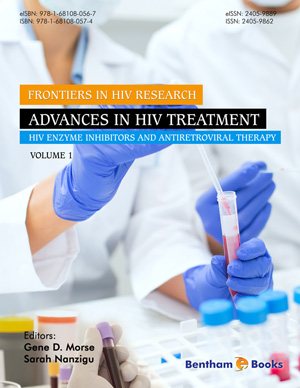Abstract
Toxoplasmosis is a global parasitic disease that can be transmitted from mother-to-child when the infection is acquired for the first time during pregnancy. Clinical manifestations of congenital disease include retinochoroiditis, cerebral calcifications, and hydrocephalus. Prenatal testing for toxoplasmosis is routinely offered in many countries so that infected mothers can be treated with antibiotics to reduce the risk of mother-to-child transmission. The diagnosis of toxoplasmosis during pregnancy is complicated because determining whether infection occurred prior to conception or during pregnancy is critical, besides the fact that false-positive tests are common and that there is lack of standardization among these tests. If maternal infection is confirmed before 18 weeks of gestation and the fetus is not yet infected the use of spyramicin is recommended to prevent mother-to-child transmission, as this drug has a high concentration in the placenta and has no teratogenic effects. If infection is presumed or confirmed in the fetus, the treatment should be switched to pyrimethamine, sulfadiazine and folinic acid (PSF) until the end of the gestational period to prevent further damage to the newborn. When maternal infection is confirmed after 18 weeks of gestation, the use of PSF is required, and should be used until delivery. However, these drugs can present some adverse effects, such as paresthesia, pruritus, urticaria, diarrhea, nausea, and vomiting for spiramycin, and arrhythmia, erythema multiforme, pancytopenia, hematuria, and eosinophilic pneumonitis for pyrimethamine. There is an urgent need for having safer drugs on hand that are a suitable chemotherapy or prophylaxis for children and pregnant women, and further studies are needed to address this.
Keywords: Folinic Acid, Pregnancy, Pyrimethamine, Spiramycin, Sulfadiazine, Toxoplasmosis, Treatment.






















